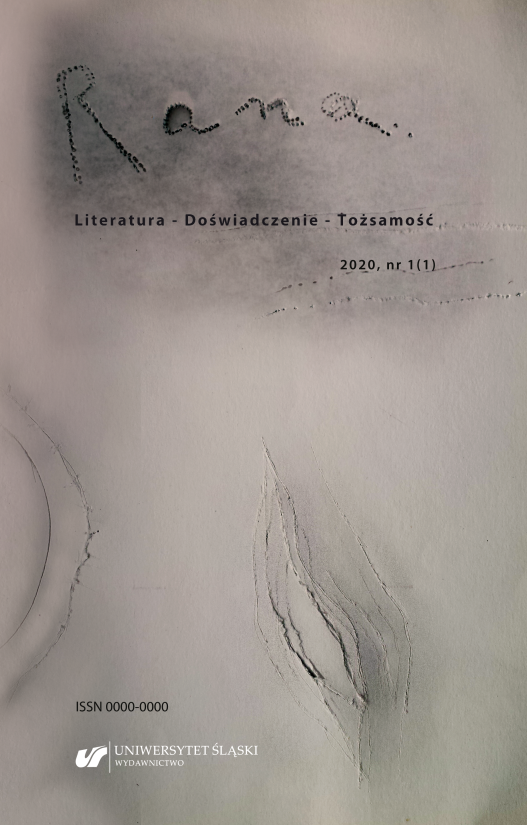Obrazy ponad wszystko
Images Above All
Author(s): Andrzej JuchniewiczSubject(s): Fine Arts / Performing Arts, Studies of Literature, Theory of Literature, History of Art
Published by: Wydawnictwo Uniwersytetu Śląskiego
Keywords: trauma; image; pictorial turn; surrealism; twentieth century art; border experience
Summary/Abstract: The book, Agata Stankowska’s Ikona i trauma. Pytania o „obraz prawdziwy” w liryce i sztuce polskiej drugiej połowy XX wieku is one of the key dissertations examining representations of border experiences. The author analyzes the poems and art of artists belonging to different generational formations (Ewa Kuryluk, Tadeusz Różewicz, Stanisław Czycz, Jerzy Nowosielski and Tadeusz Kantor) in a very innovative way, using terminology used in art history. Stankowska’s idea is based on the assumption that traumatic experience (such as separation from a loved one or death in a war) requires presence in the form of acheiropoietoi, which is an image created in a miraculous way, without human intervention. The researcher proposes to treat this term as one of the traveling concepts of the humanities. Due to the concept, which involves the need for somatic contact with a character portrayed unintentionally, the researcher particularly emphasizes the moment of bodily hypersensitivity (Czycz) and the phenomenon of flowering of life (Różewicz), which can be appreciated at the moment of realizing the epistemological potential of suffering. According to the reviewer, the publication’s biggest asset is showing another, up until now overlooked side of modernist art, whose representatives decide to preserve the image of human traumatic experiences in the 20th century. The issue of aesthetic development is not a priority issue in Stankowska’s branch of modernism. The artists selected by the researcher are connected by duties, desires and experiences that orbit around the concept of the “real image”. The reader of Stankowska’s book should appreciate the particularly interdisciplinary nature of the dissertation and the idea that causes the narrative of twentieth‑century art to go beyond the boundaries set in textbooks on art history and literary studies. The reviewed dissertation owes a lot to Georges Didi‑Huberman’s formula ‘images despite everything’, thanks to which the recurring desire to present experiences of various levels of traumatogenity is associated with imagination, not memory. This transition from remembering to imagining determines the choice of artists and allows solidarity with the murdered and suffering within a group larger than family.
Journal: Rana. Literatura – Doświadczenie – Tożsamość
- Issue Year: 1/2020
- Issue No: 1
- Page Range: 185-205
- Page Count: 21
- Language: Polish

